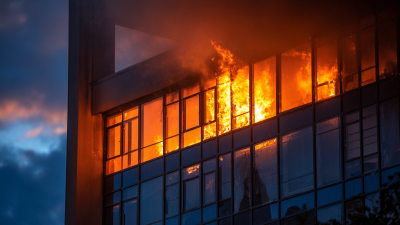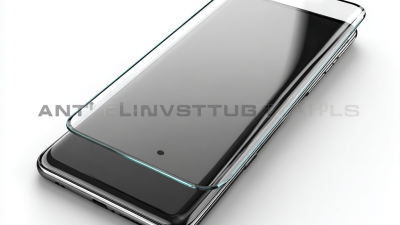
Choosing the right fire-resistant glass is crucial for enhancing safety and compliance in modern buildings. With over 3,500 building fires reported annually in the United States alone, the need for effective fire protection solutions has never been more pressing. According to a report from the National Fire Protection Association (NFPA), fire-resistant glass plays a critical role in creating fire-rated assemblies that can withstand high temperatures and prevent the spread of flames and smoke. This type of glass is not only essential for safeguarding occupants and property but also for meeting stringent building codes and regulations, which often mandate the use of approved fire-resistant materials. As architects and builders increasingly prioritize safety and sustainability, understanding the various types of fire-resistant glass available in the market is key to making informed decisions that align with both functional and design objectives.
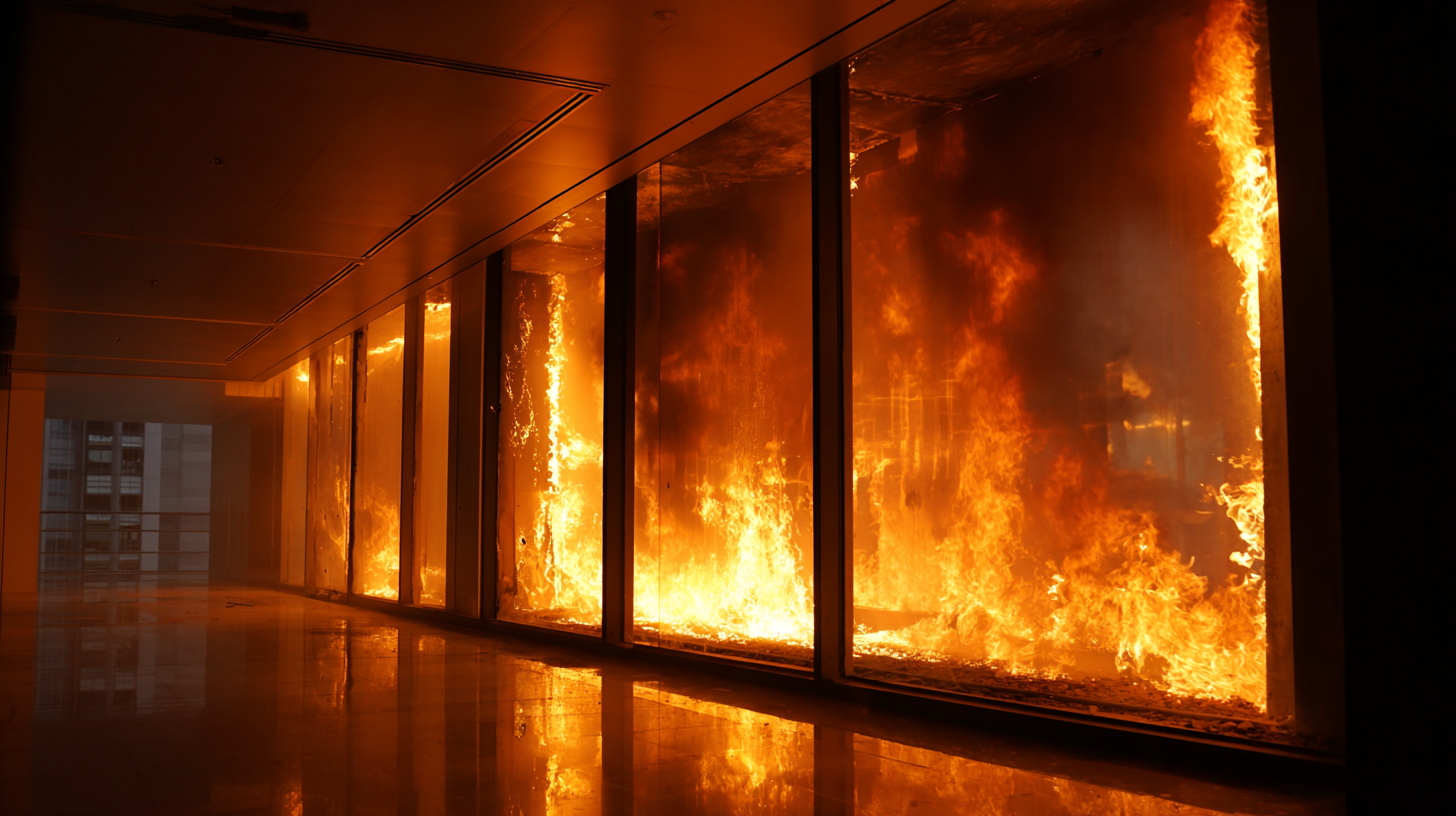
When choosing fire resistant glass for building needs, understanding fire ratings is essential to ensure compliance with safety standards. Fire resistant glass is categorized based on its ability to withstand high temperatures and prevent the spread of fire, smoke, and gases. Familiarize yourself with the various fire ratings, such as E, EW, and EI, which reflect different levels of performance in fire resistance and insulation. This knowledge helps in selecting the appropriate glass for specific applications within a building’s design.
**Tips:** Always consult with local building codes to determine the fire rating requirements for your project. Additionally, consider the aesthetics of the glass—different designs and finishes can align with your architectural vision while still offering the necessary protection.
The surging demand for fire-rated glass is shaped by trends focusing on improved aesthetics and design flexibility. Innovations in manufacturing have made it possible to create glass that not only meets safety standards but also enhances the overall look and feel of a building. For instance, fire-rated glass is now available in various styles, allowing for seamless integration into modern architecture without compromising on safety.
**Tips:** Prioritize sourcing fire-rated glass from reputable manufacturers, as quality can significantly affect both performance and appearance. Lastly, always verify that the chosen glass meets the necessary fire resistance ratings for your specific project requirements.
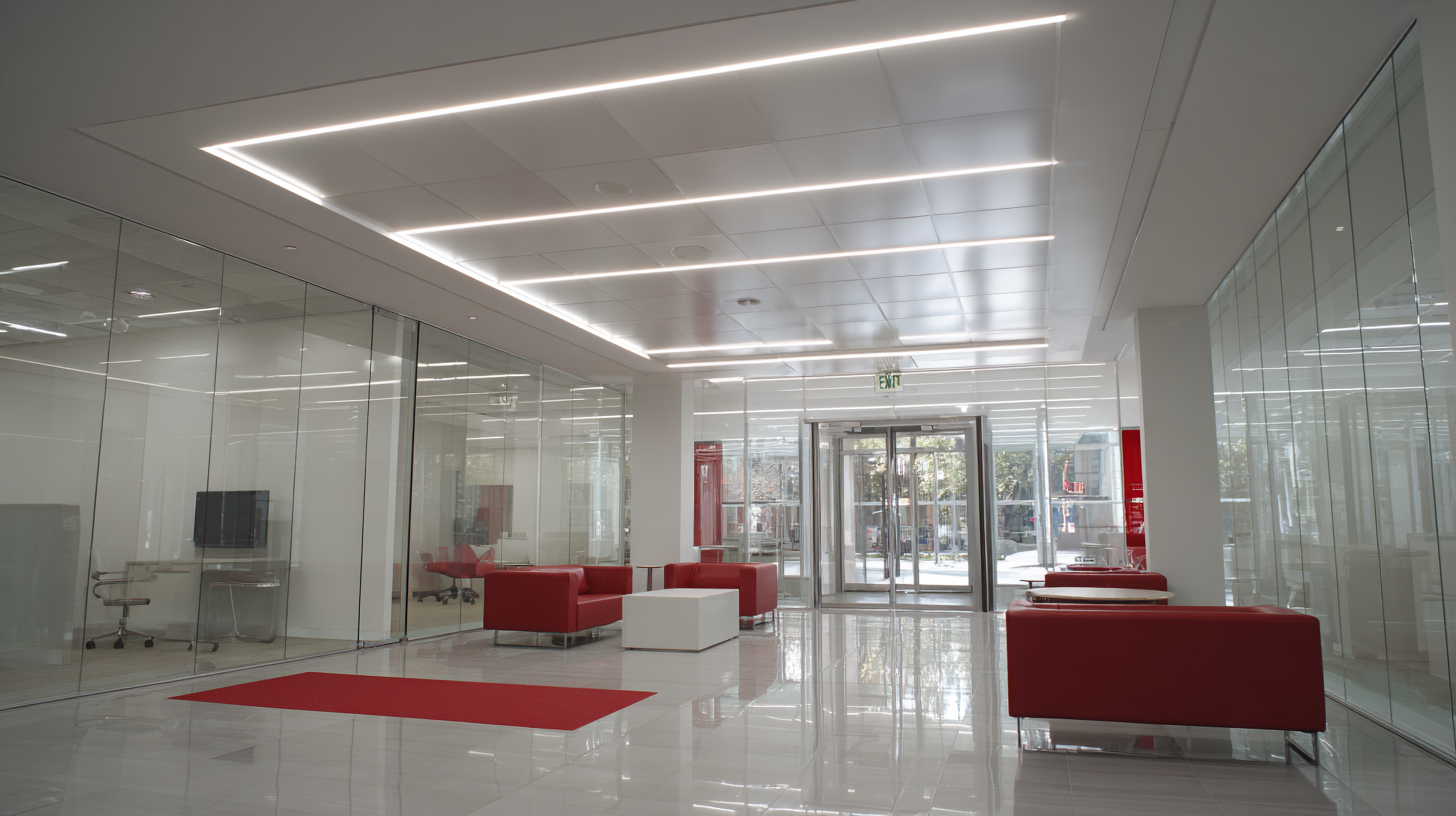
When it comes to selecting the appropriate fire resistant glass for your building, understanding the various types available—tempered, laminated, and insulated glass—is crucial. Tempered glass is known for its strength and ability to withstand high temperatures. According to the National Fire Protection Association (NFPA), it can endure temperatures up to 300°F (150°C) without breaking, making it suitable for areas where thermal shock is a concern. Its use in fire-rated applications has shown a significant reduction in the risk of breakage compared to standard glass.
Laminated glass, on the other hand, offers enhanced safety features alongside fire resistance. This type is constructed with a plastic interlayer that holds the glass layers together even when shattered, preventing entry and maintaining integrity in case of fire. A report from the Glass Association of North America (GANA) states that laminated glass can provide up to 30 minutes of fire protection, coupled with sound dampening properties, making it a perfect choice for commercial applications where both acoustics and safety are a priority.
Insulated fire resistant glass, which combines multiple glass panes with a special interlayer, provides superior thermal insulation along with fire protection. With advancements in technology, insulated glass units have been shown to maintain their integrity for up to 60 minutes in the event of a fire, according to the American Architectural Manufacturers Association (AAMA). This makes them ideal for high-rise buildings and structures where maintaining a controlled environment while ensuring safety is paramount.
| Type of Glass | Fire Rating | Thickness | Applications | Advantages | Disadvantages |
|---|---|---|---|---|---|
| Tempered Glass | Up to 1 hour | 4mm - 19mm | Windows, Doors | High strength, safety | Limited fire resistance |
| Laminated Glass | Up to 2 hours | 6mm - 25mm | Facades, Skylights | Sound insulation, safety | Heavier, more expensive |
| Insulated Glass | Up to 90 minutes | Various options | Commercial buildings | Energy-efficient, versatile | Higher cost, complex installation |
When selecting fire resistant glass for building applications, it is essential to consider its impact on thermal performance and energy efficiency. Recent studies reveal that integrating advanced materials can significantly enhance a building's insulation capabilities. For instance, research highlights that innovative building envelopes incorporating passive design features lead to improved energy efficiency, particularly in hot and arid climates. By optimizing thermal performance, these designs can reduce reliance on artificial cooling systems and contribute to substantial energy savings.
In the context of fire resistant glass, its role transcends mere protection against flames. The latest advancements point towards materials that not only withstand high temperatures but also provide effective thermal insulation. A notable study indicated that using sawdust-based insulation materials resulted in enhanced energy performance in similar climatic conditions, underscoring the importance of synergy between fire resistant glass and other sustainable materials. As energy efficiency becomes a critical factor in building design, it is vital for architects and builders to integrate fire resistant glass that complements innovative insulation strategies, enhancing overall building performance while ensuring safety.
When selecting fire resistant glass for your building needs, conducting a cost-benefit analysis is crucial in balancing safety, aesthetics, and budget. According to a report by the National Fire Protection Association (NFPA), property damage from fire leads to billions of dollars in losses each year, highlighting the importance of investing in safety measures. Fire resistant glass not only protects life and property but can also enhance the overall aesthetic of a building. The initial investment might be higher compared to standard glazing options; however, the long-term savings from preventing disaster and ensuring compliance with safety regulations can outweigh upfront costs.
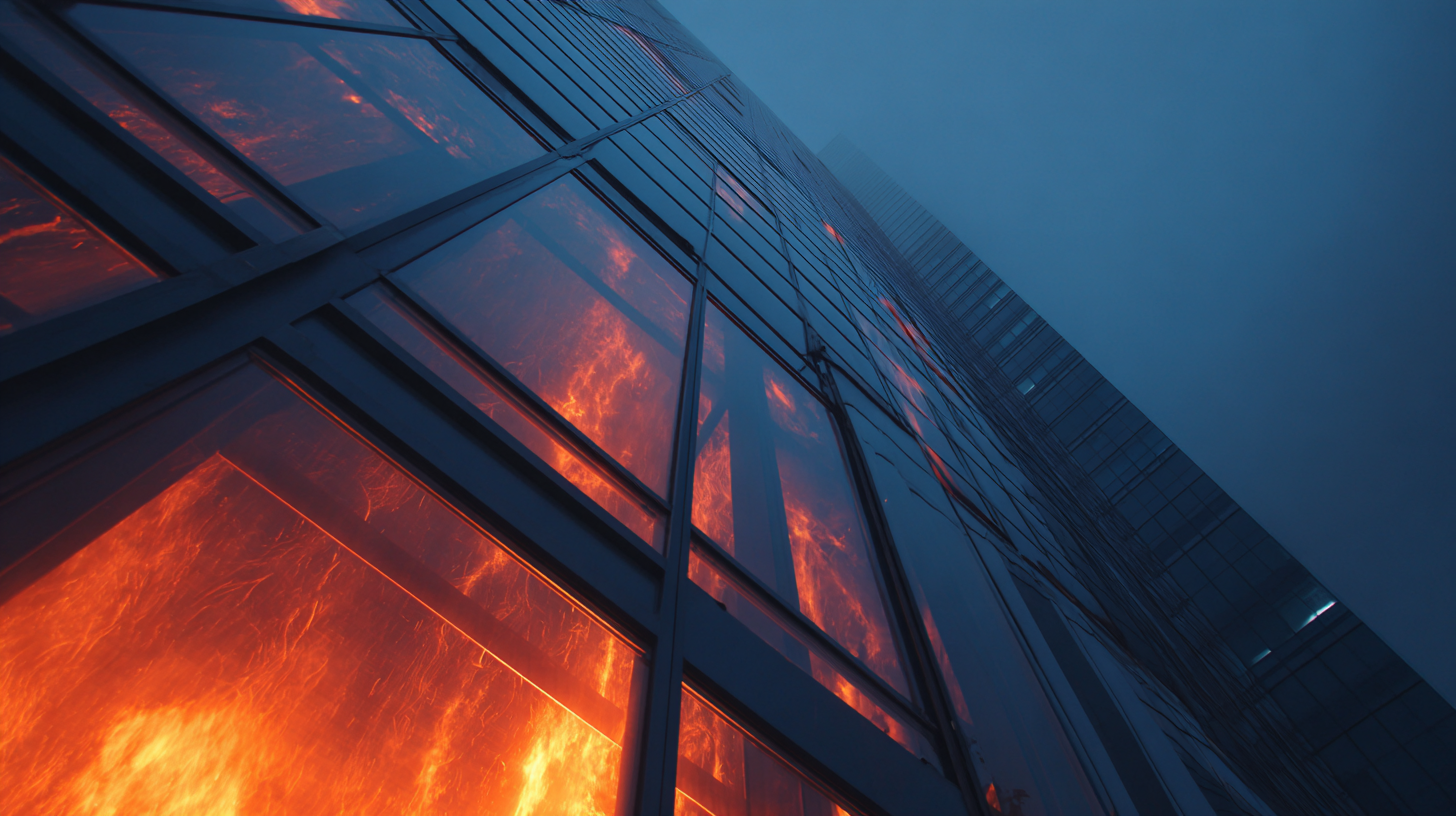
A study by the Glass Association of North America (GANA) indicates that buildings utilizing fire rated glazing can improve their insurance premiums due to the minimized risk of fire damage. Additionally, modern fire resistant glass can be designed to mimic natural and architectural styles, ensuring that safety features do not compromise building aesthetics. While standard options might seem more budget-friendly initially, the combination of enhanced protection and potential savings on insurance makes fire resistant glass a wise choice in the long run for building projects.
When considering the installation of fire-resistant glass, it is crucial to follow best practices to ensure optimal performance and safety for your building. One of the most important factors is the correct selection of framing systems that complement the glass properties. Using frames specifically designed for fire-rated applications can enhance the integrity of the installation and improve fire resistance ratings. Additionally, ensuring a proper seal around the installation can prevent smoke and heat from penetrating the building during a fire event.
Tips for installation include carefully adhering to manufacturer guidelines regarding the handling and installation of fire-resistant glass. Ensure that all components, including seals and adhesives, are appropriate for high temperatures. Furthermore, conducting regular inspections and maintenance of the glass and surrounding structures can prolong their effectiveness and compliance with safety standards. By prioritizing these considerations during the installation process, you can significantly increase the fire safety of your building materials, ultimately safeguarding occupants and property.

